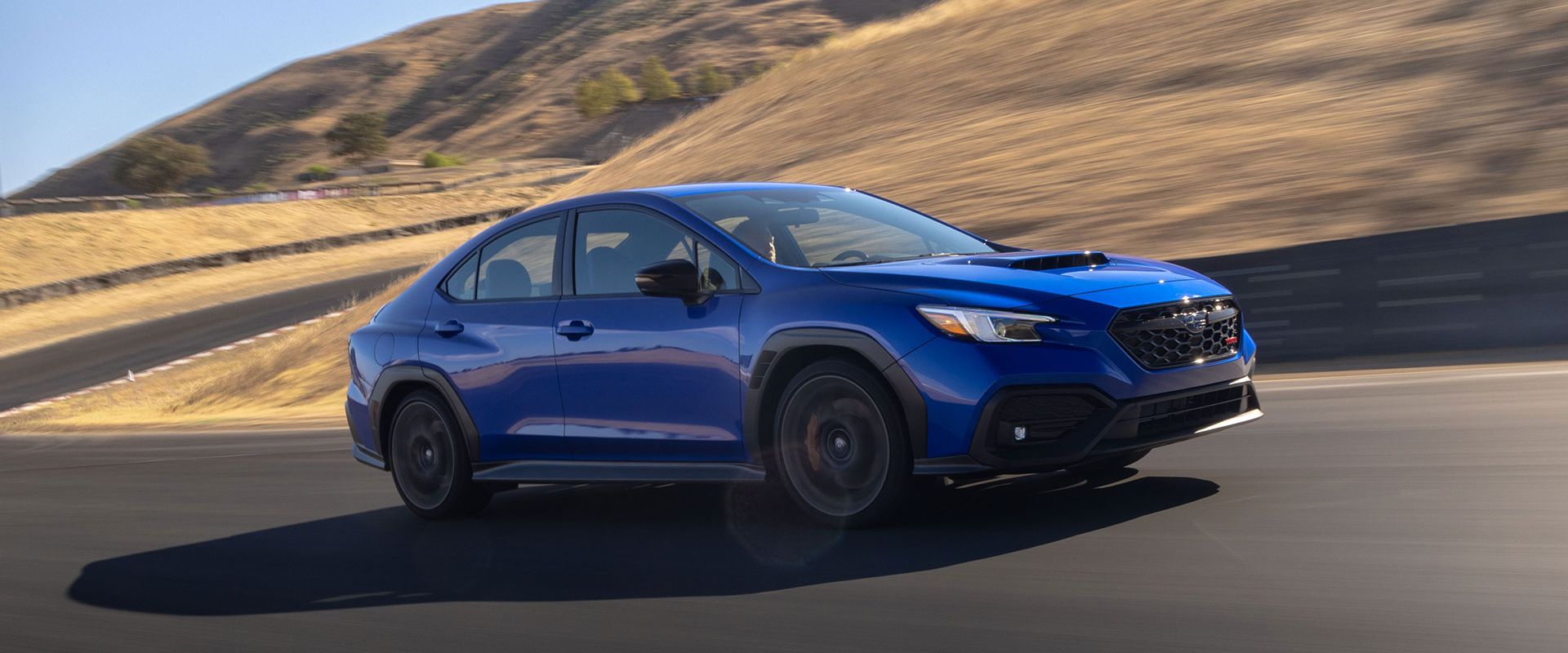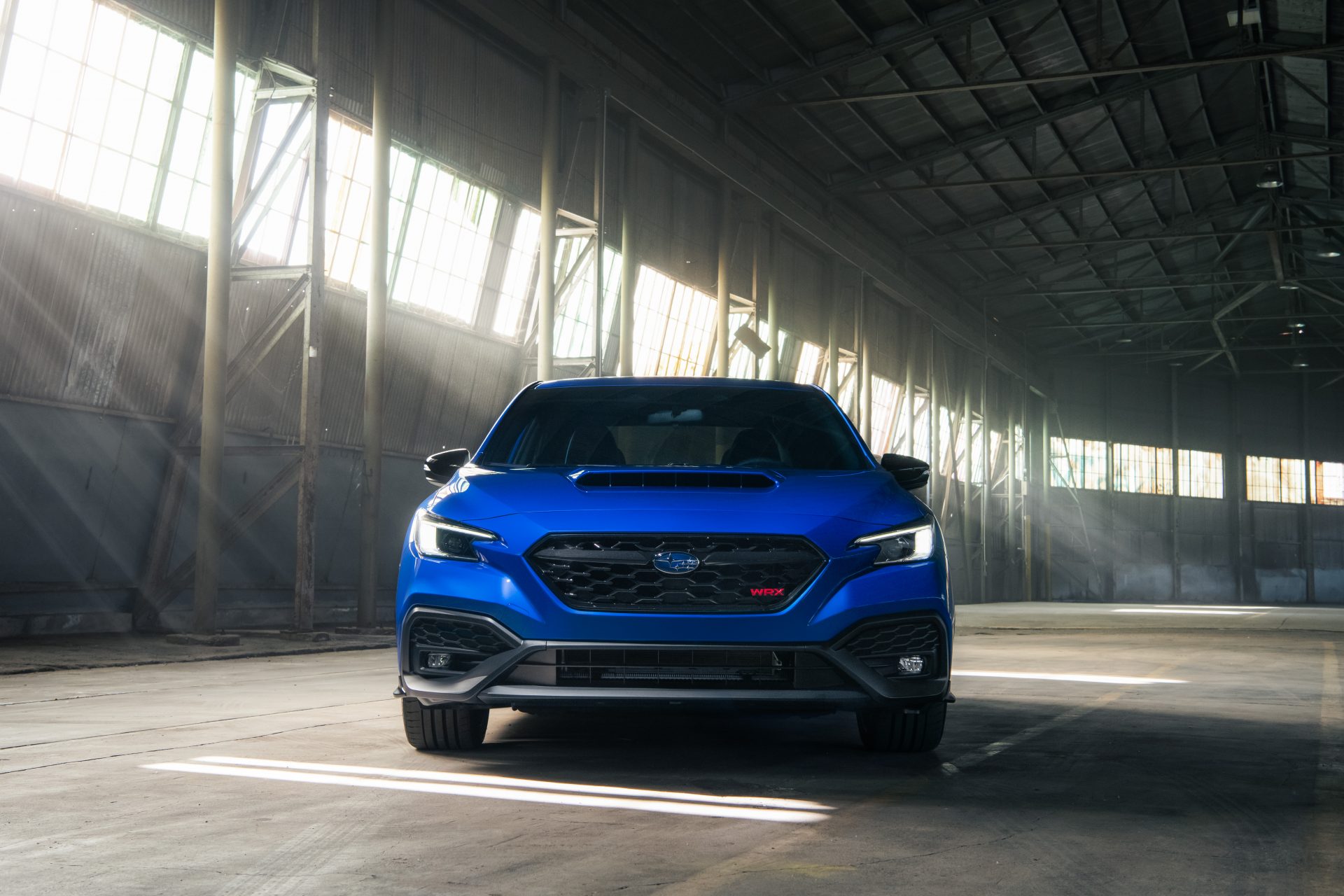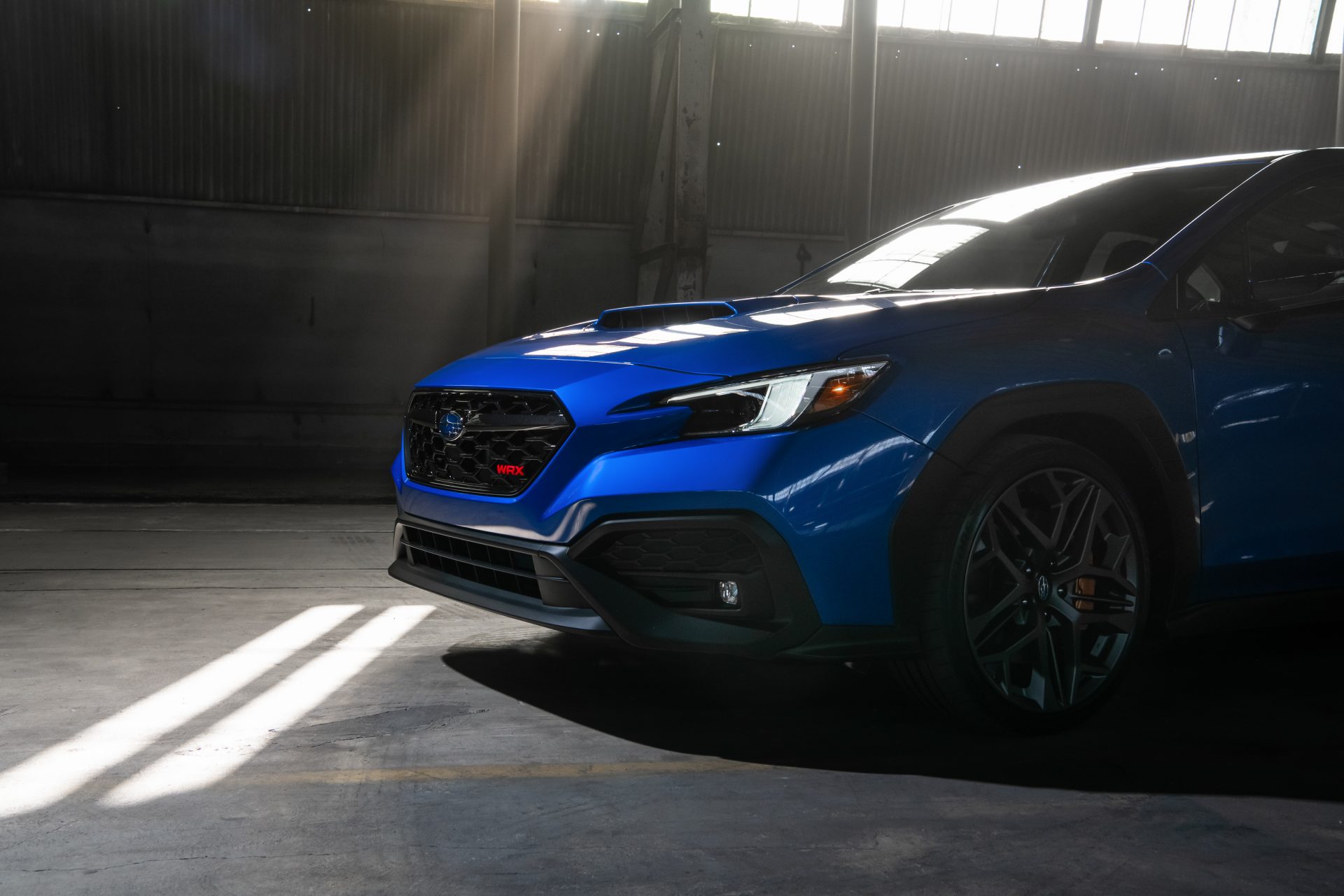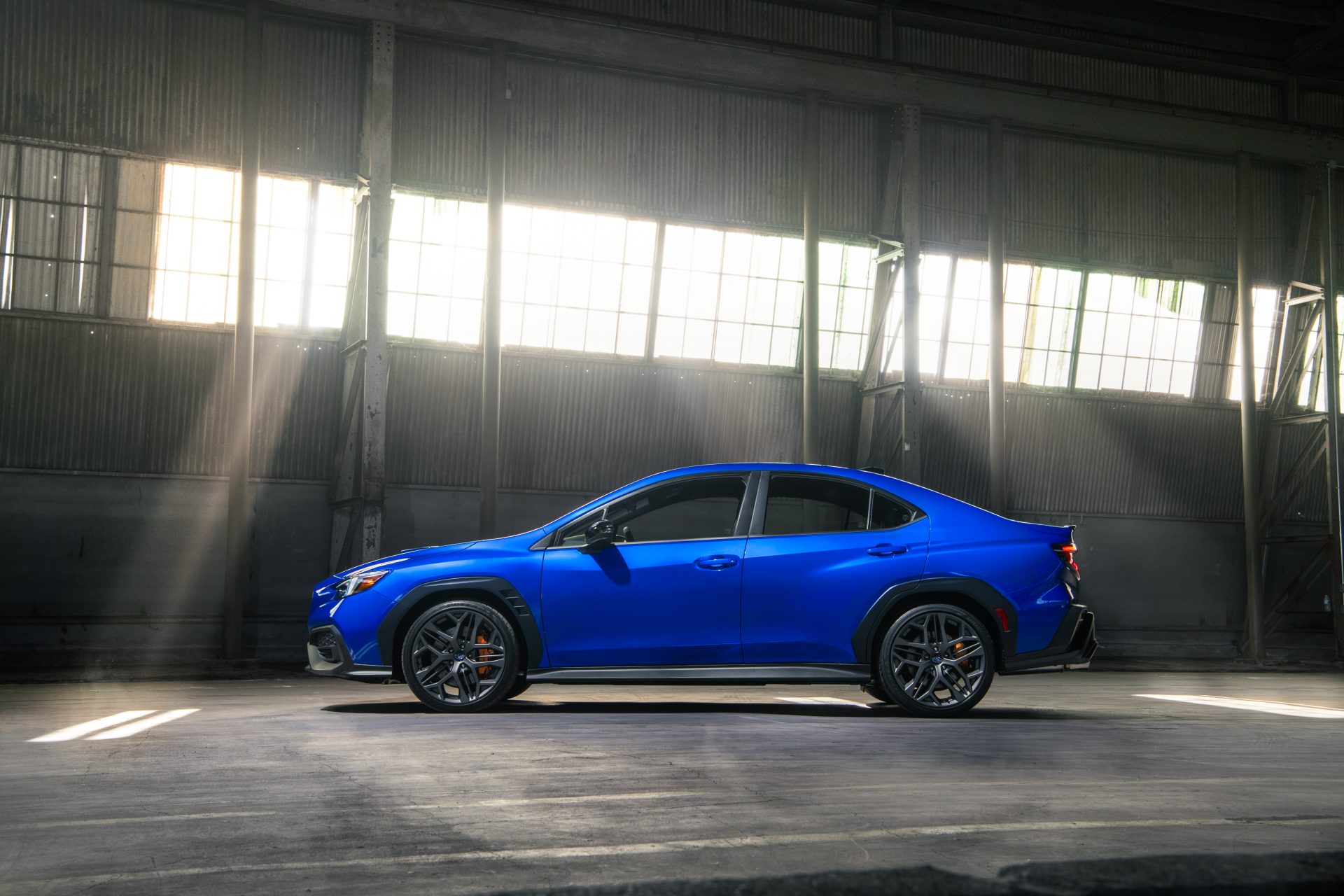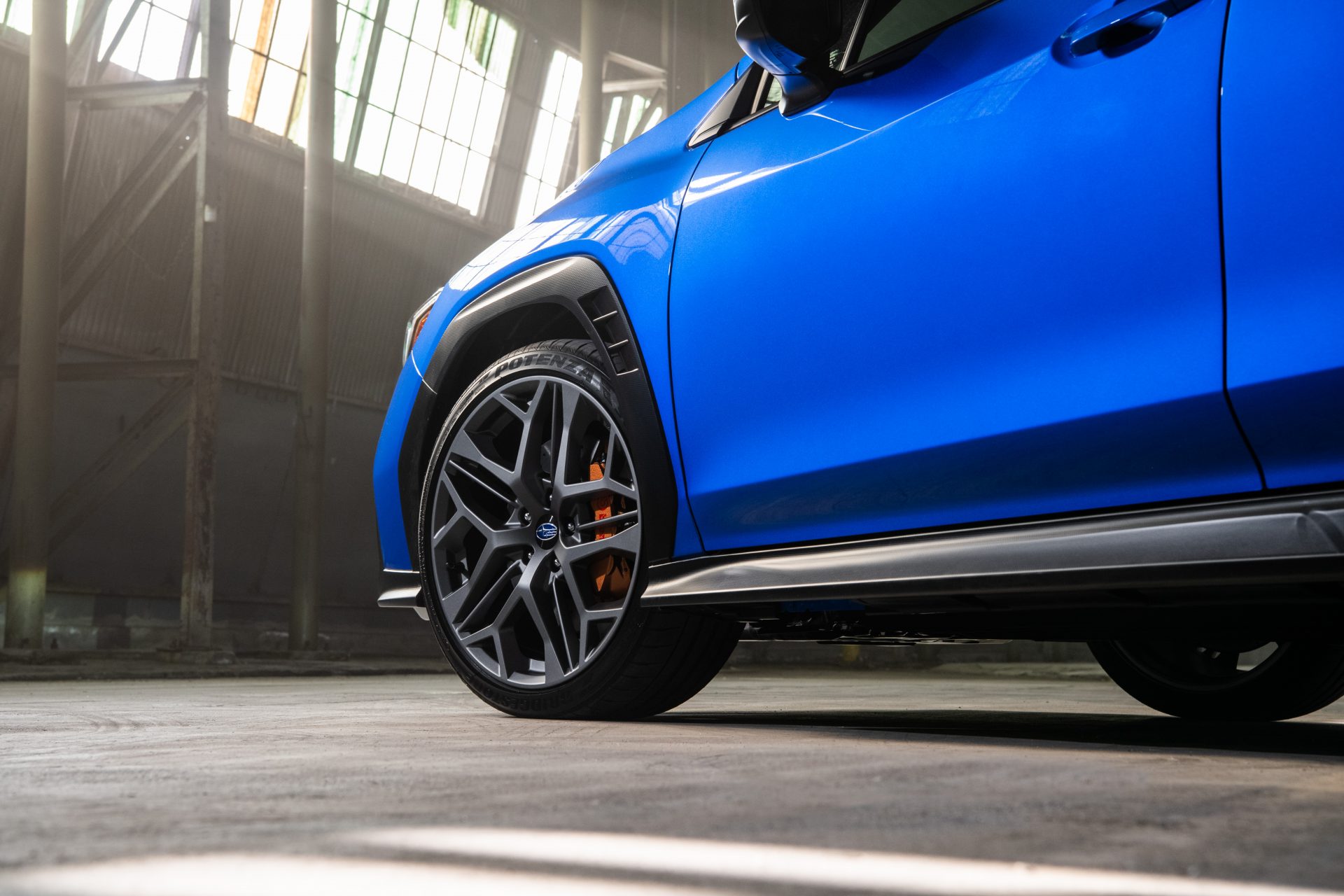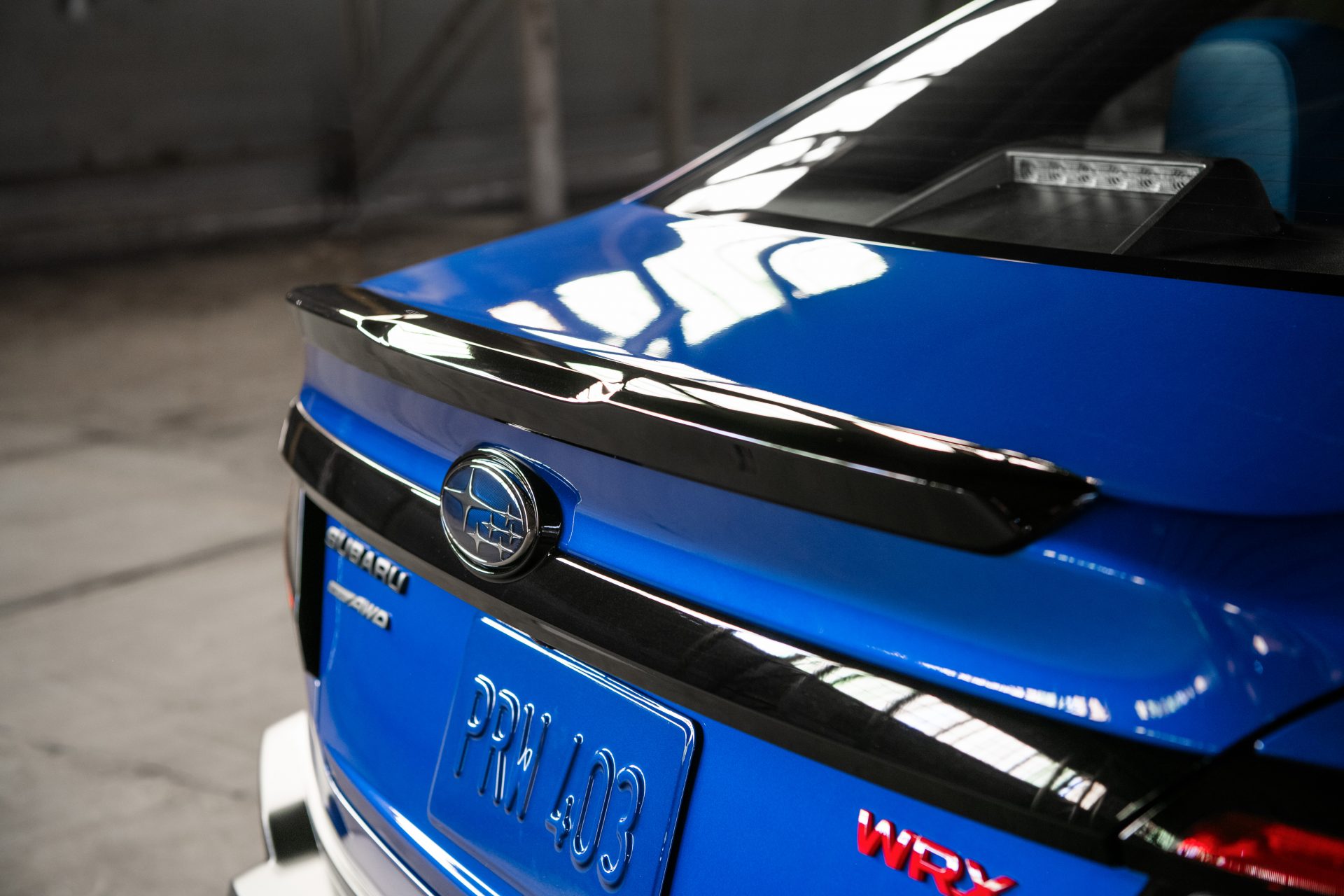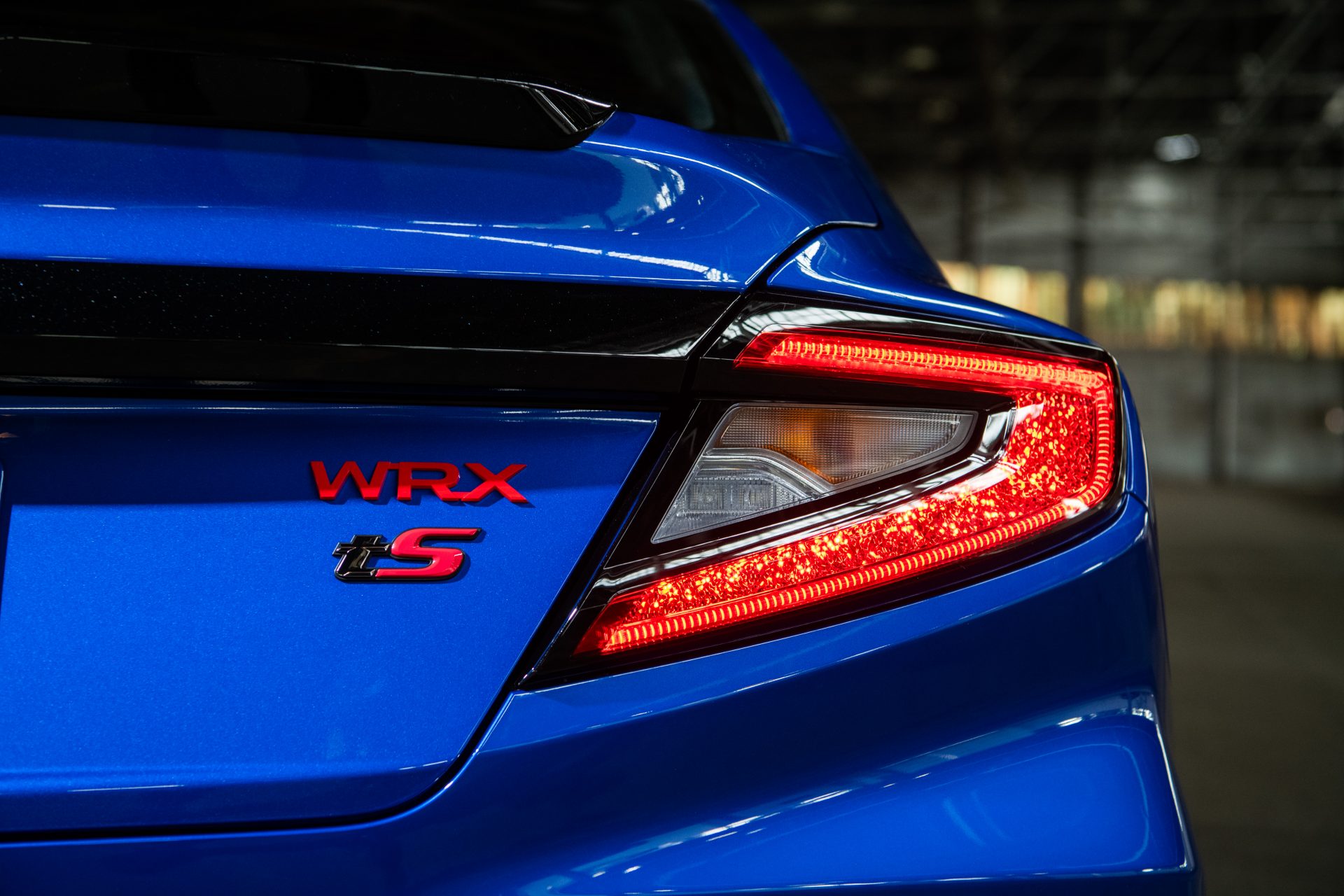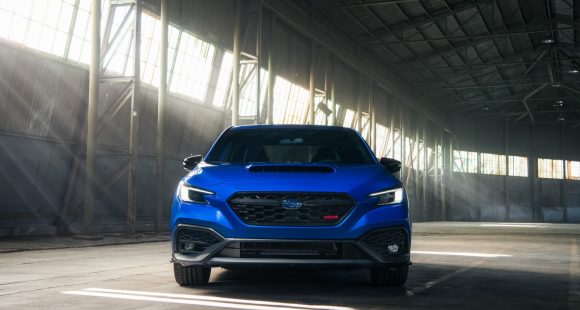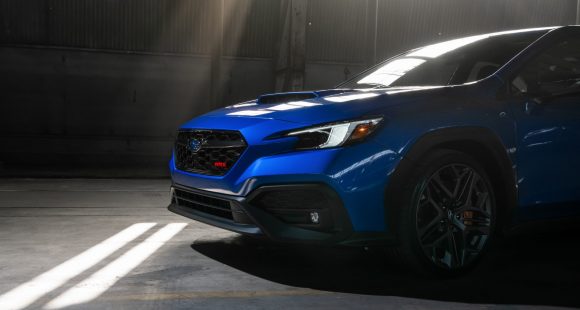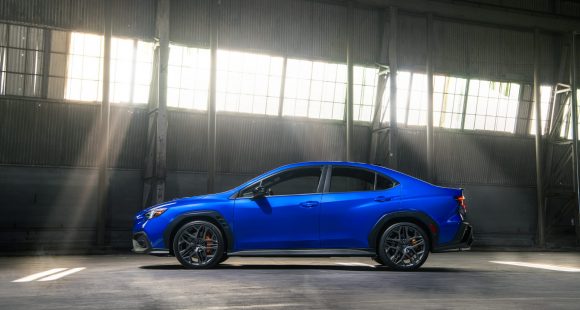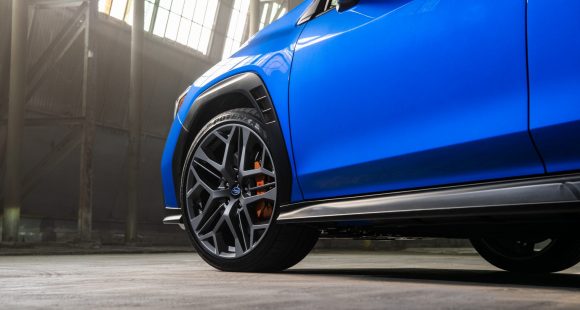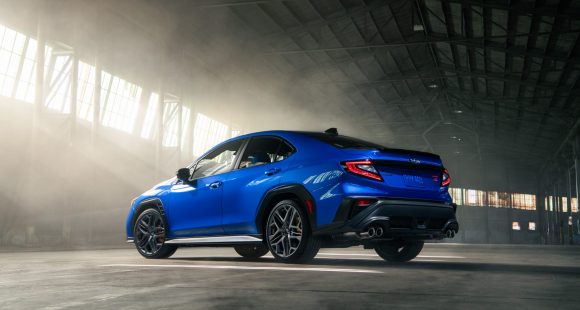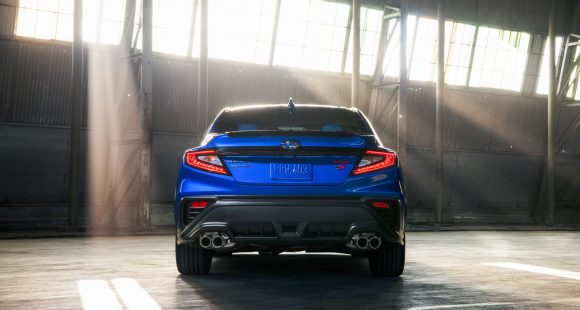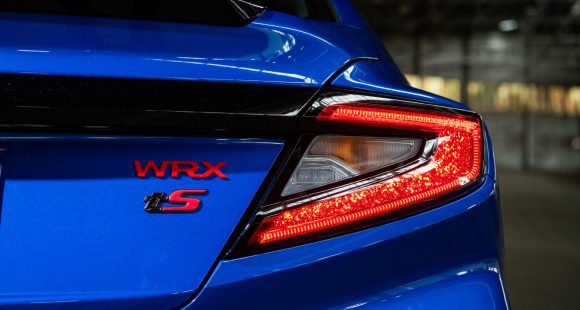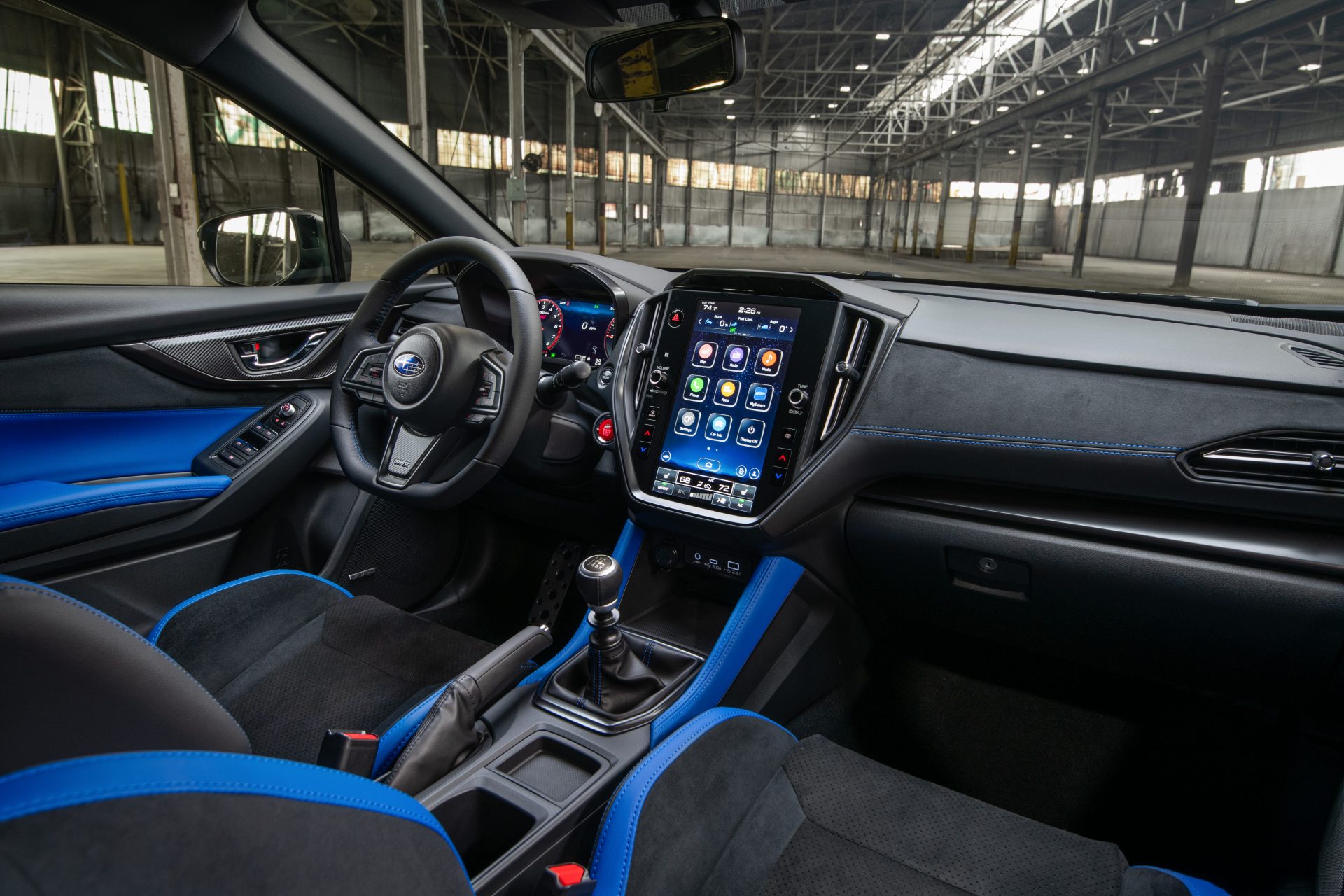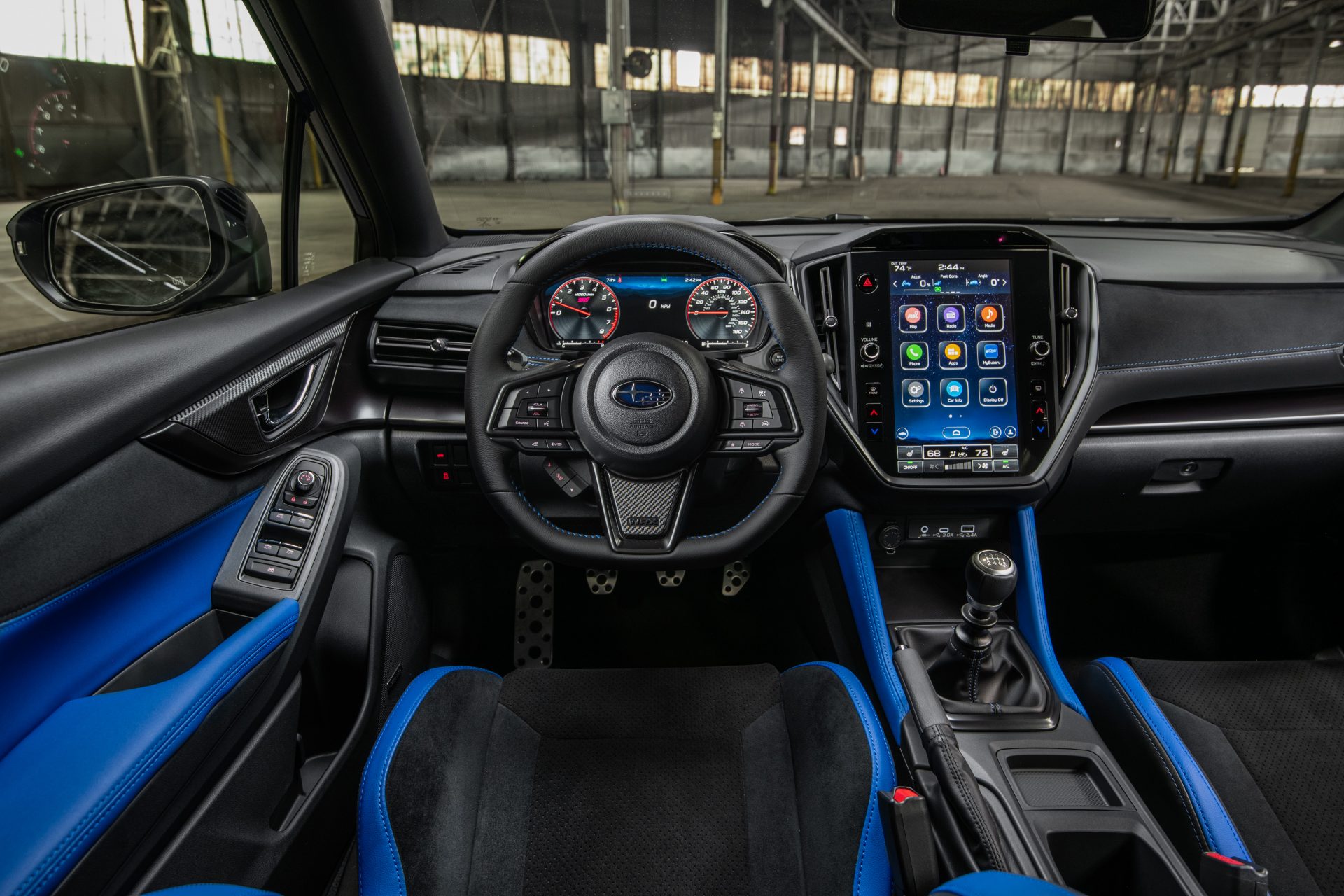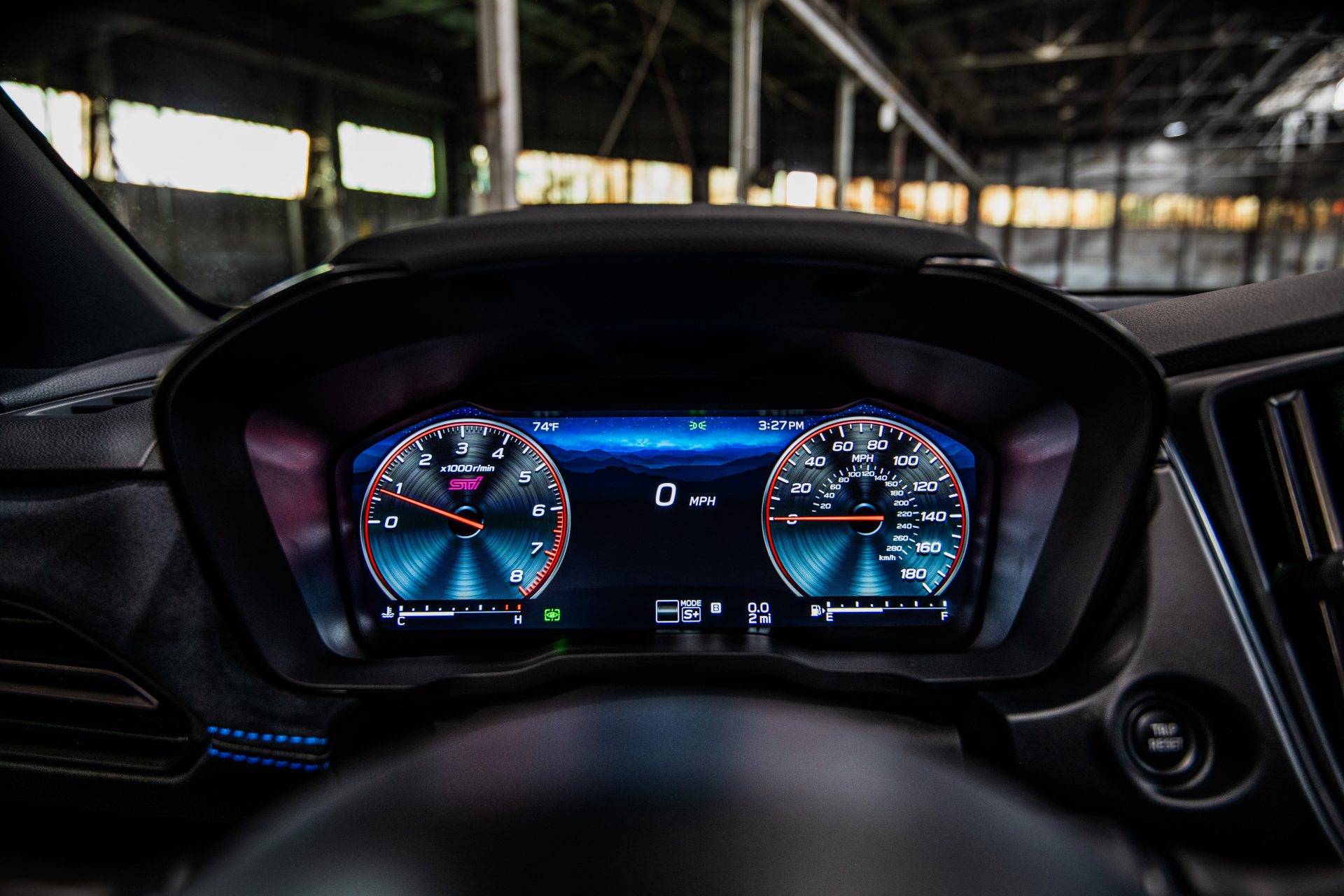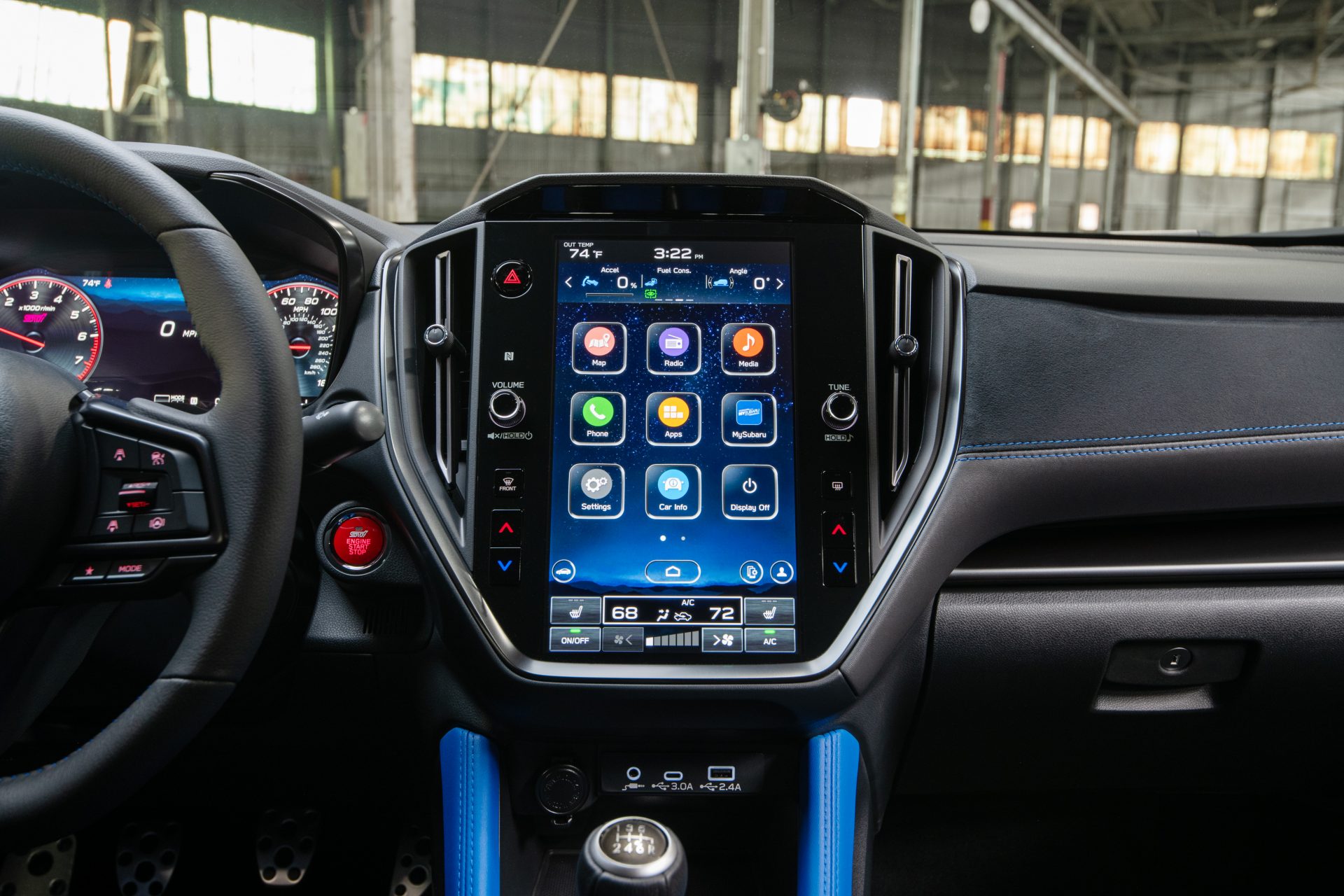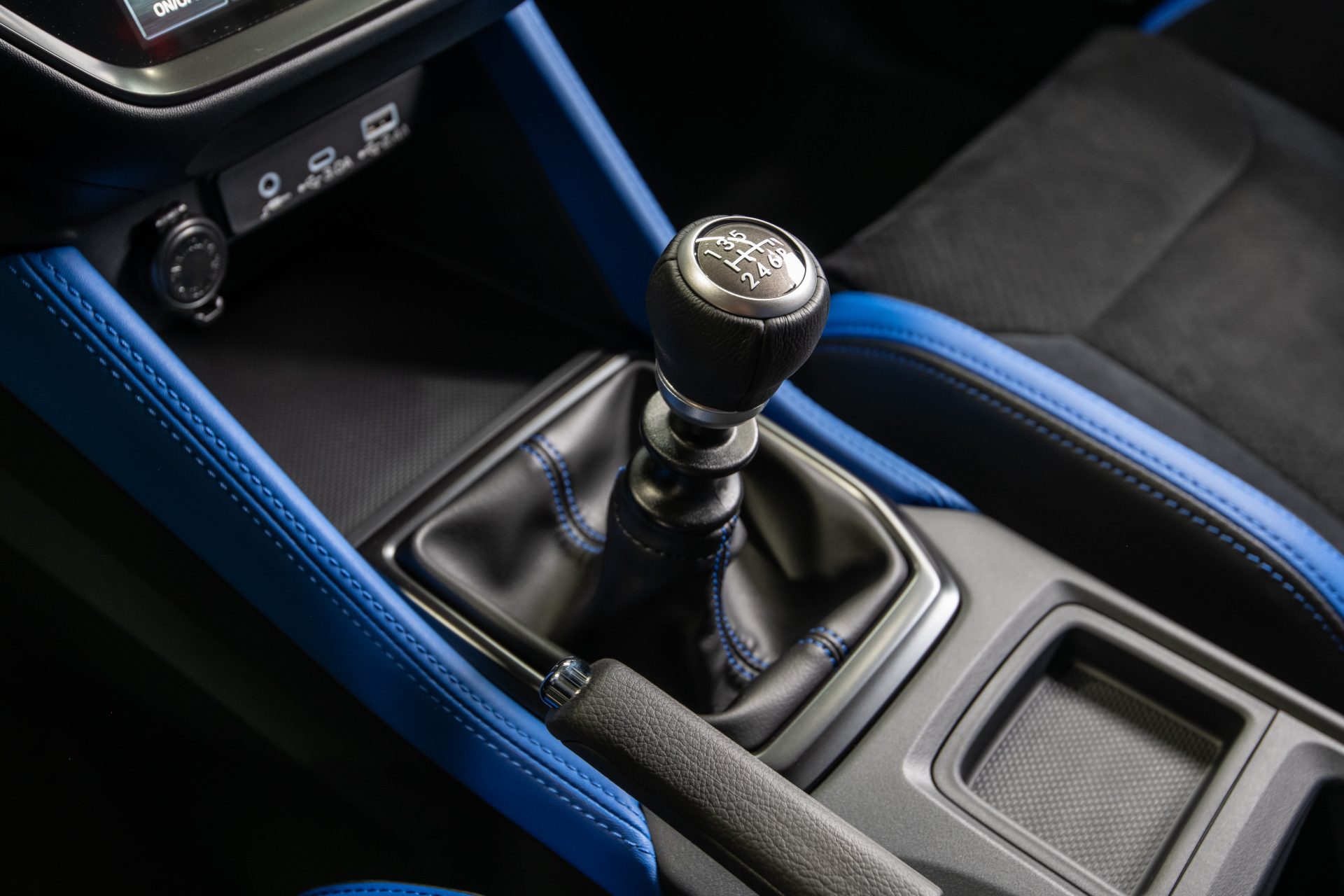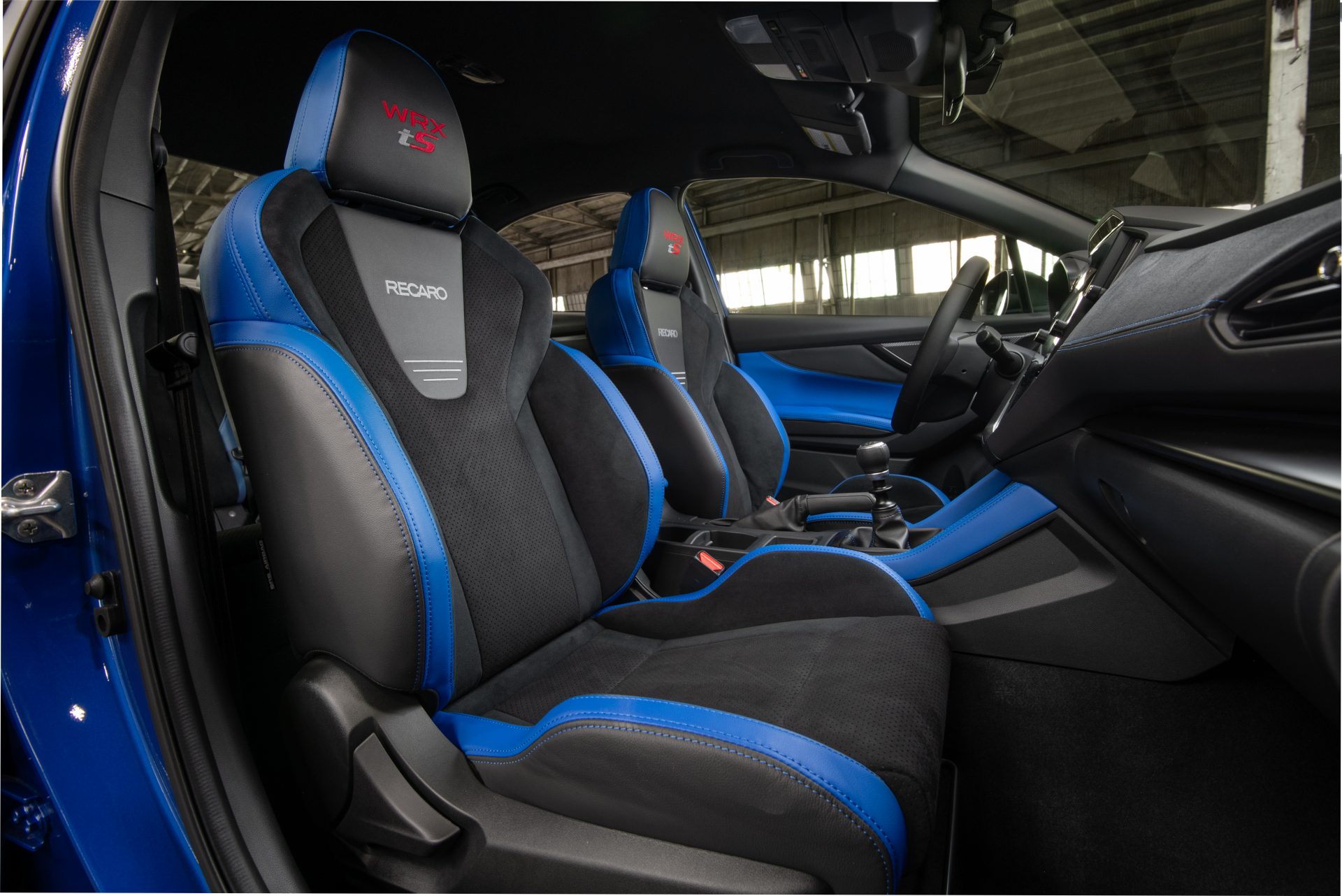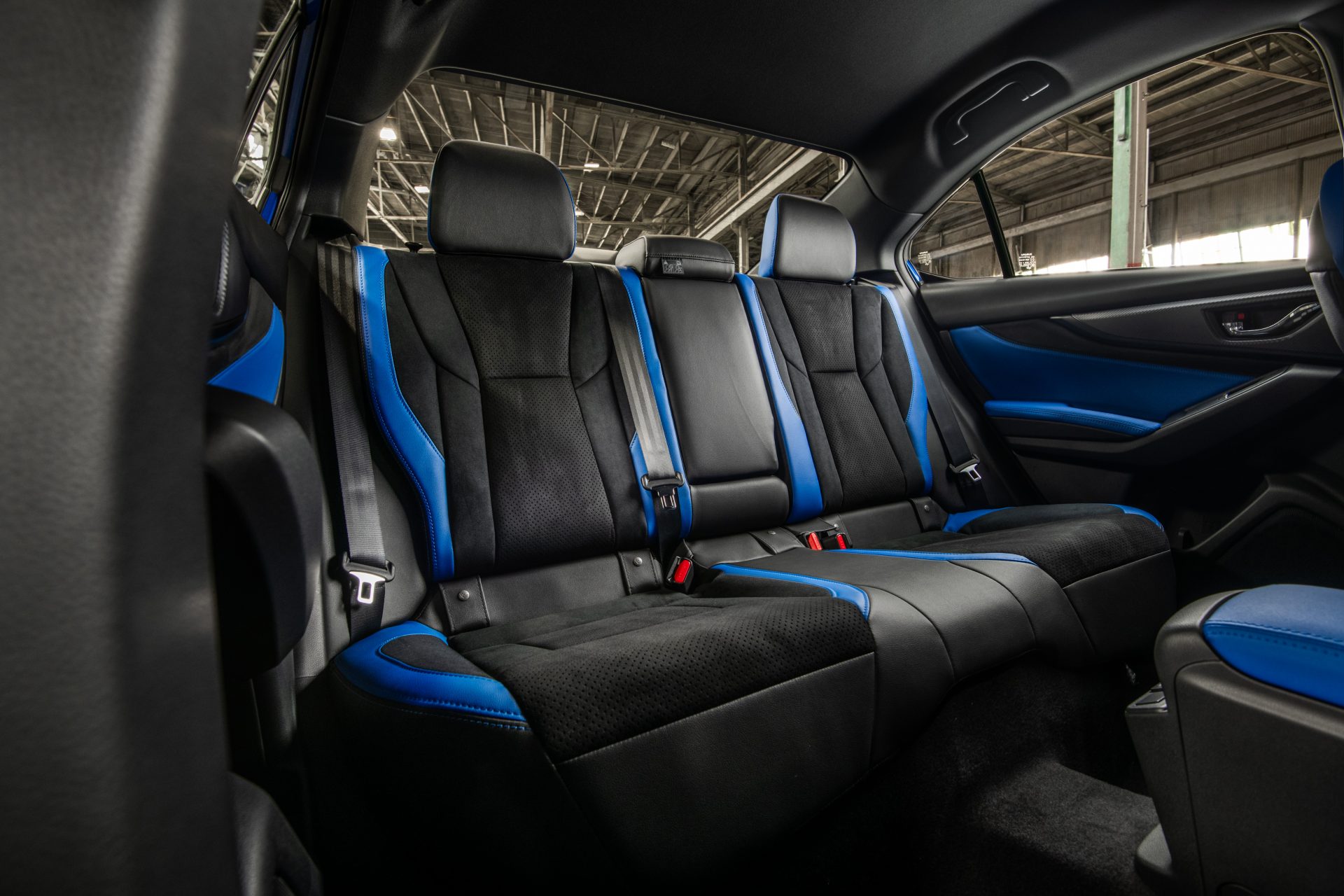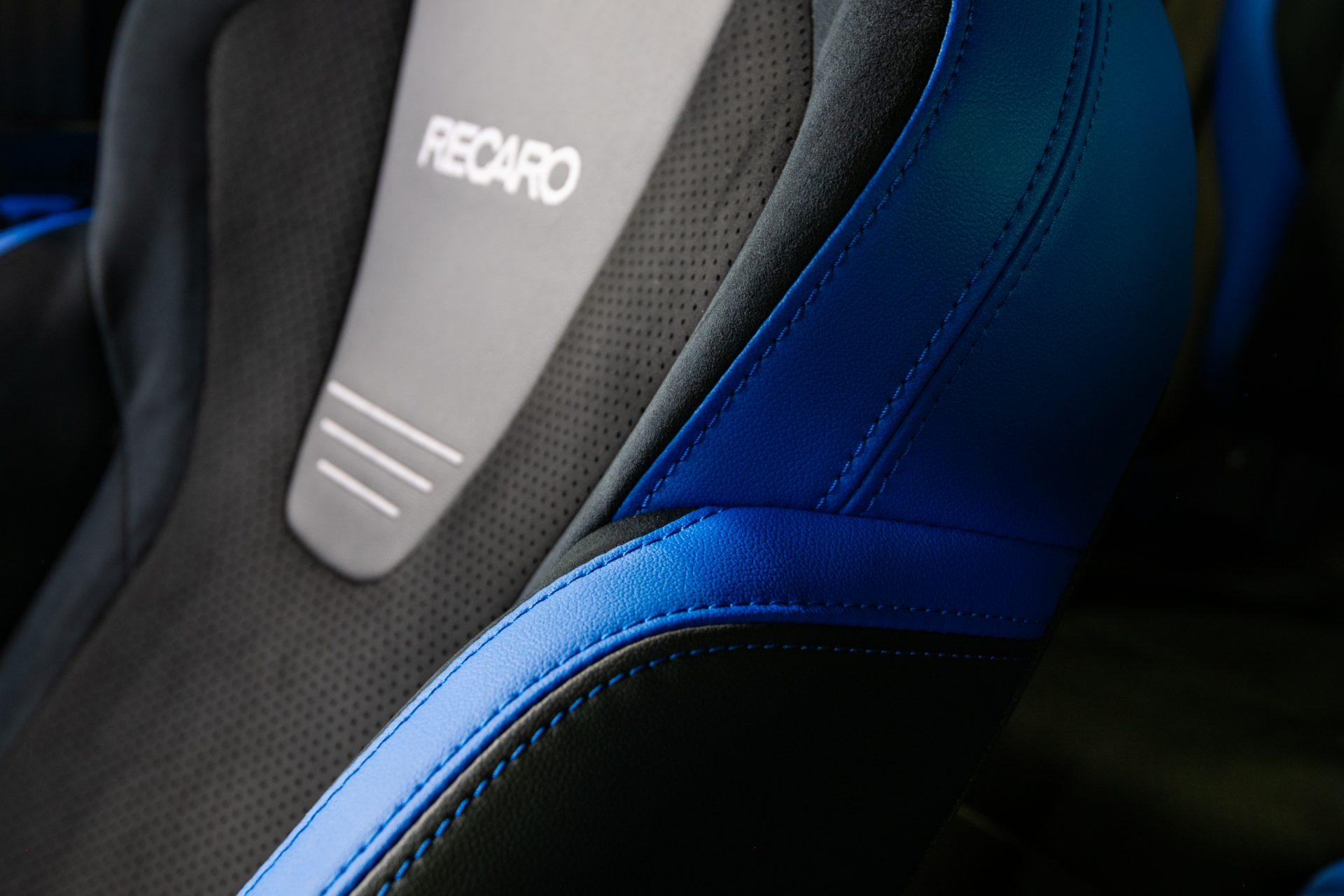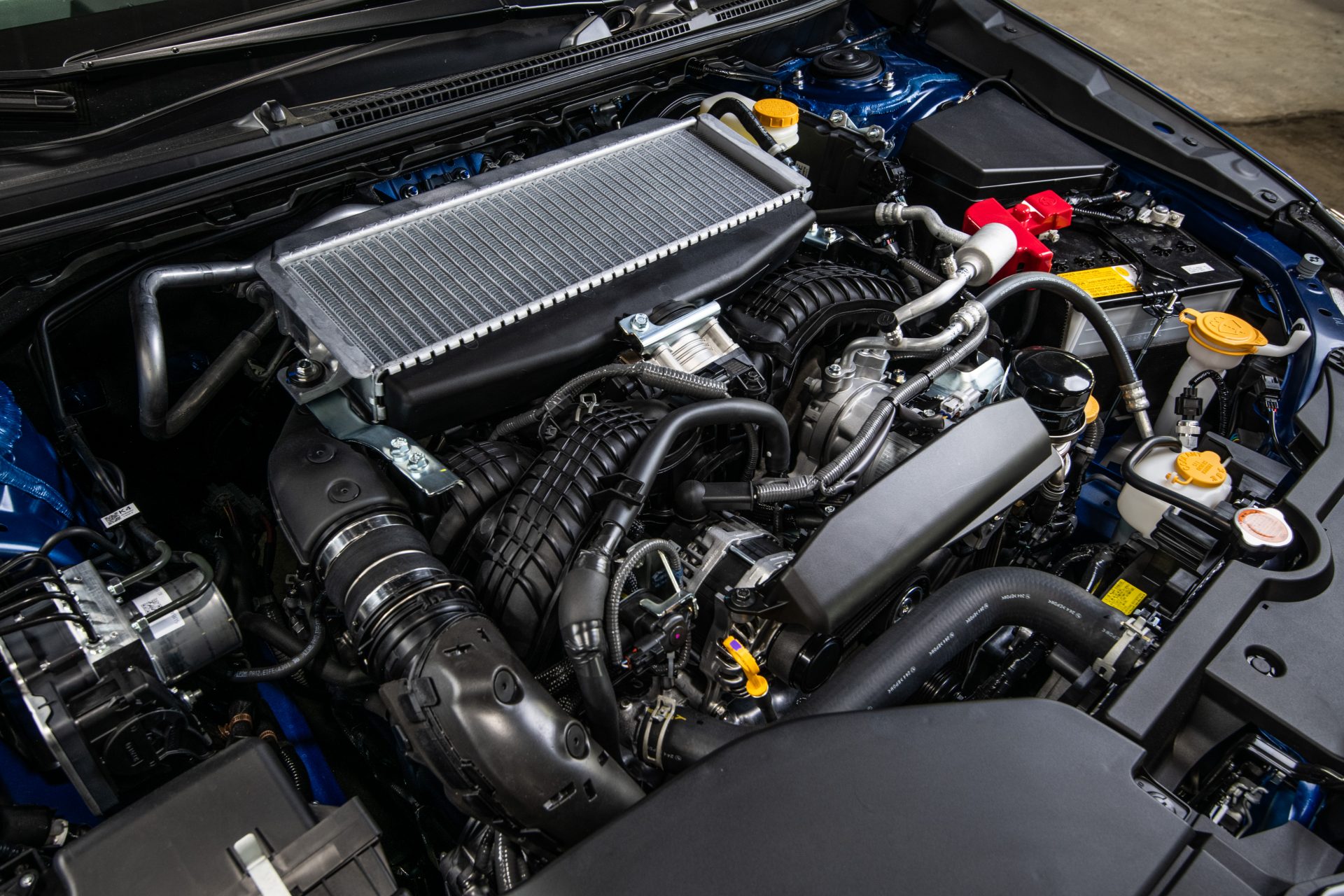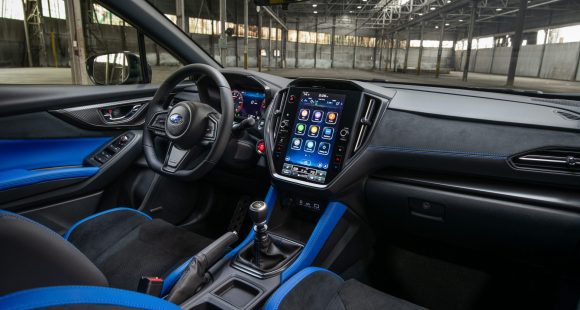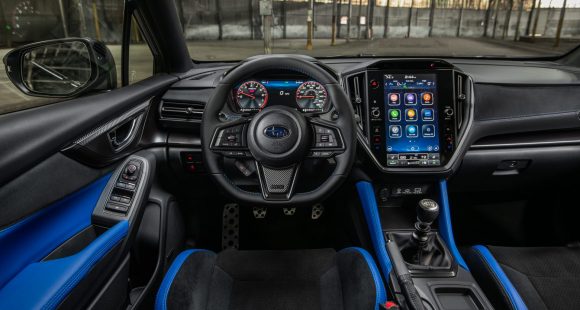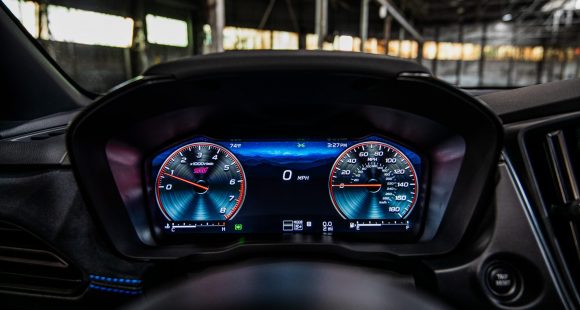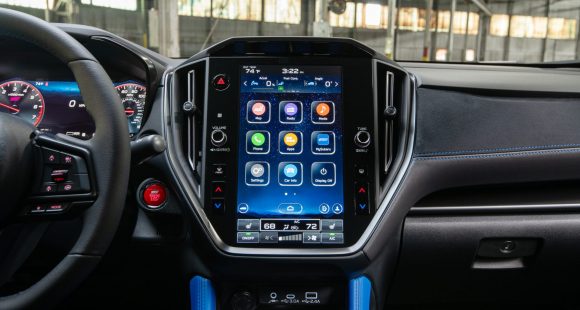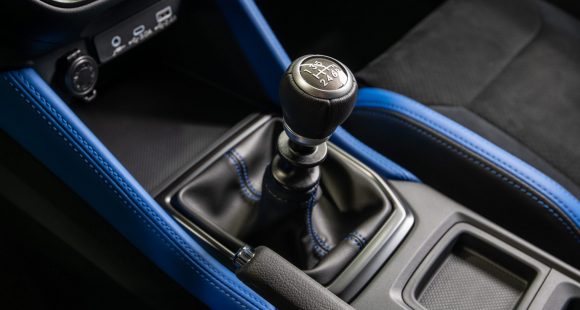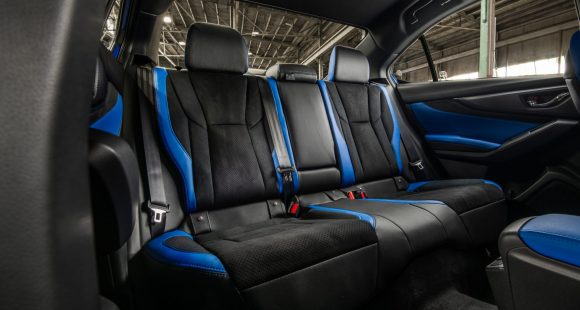2018 Jeep Grand Cherokee Trackhawk
By just about any measure, the Jeep Grand Cherokee is one of the most capable of all utilities. But there’s never been a Grand Cherokee quite like the Trackhawk. Think of it as the Challenger Hellcat’s outdoorsy uncle. You know, the one with Army Ranger skills that everyone’s a little bit afraid of. Get the picture? Well maybe this will help.
High performance Grand Cherokees are nothing new of course, and even high performance SUVs in general are a dime a dozen these days. But there’s never been anything quite like this 2018 Jeep Grand Cherokee Trackhawk.
It’s the answer to the question, “what happens when you stuff a Hellcat engine into one of the most-in-demand SUVs of all time.”
And if you don’t know what a Hellcat engine is, allow us to introduce you to 707-horsepower of HEMI awesomeness, from a 6.2-liter supercharged V8 engine that spins up 645 lb-ft. of torque.
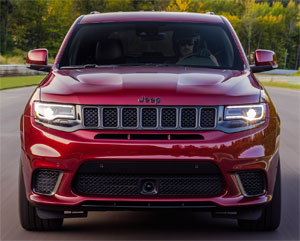 Yes, that’s a lot of power; and yes it does move this GC around like its 5,300-lbs are not subjected to earth’s normal laws of gravity.
Yes, that’s a lot of power; and yes it does move this GC around like its 5,300-lbs are not subjected to earth’s normal laws of gravity.
Indeed, straight-line is where it’s at for this 4X4. After dialing the launch control to 1,900 RPM; we just let the GC monitor power, as we just floored it, released the brake, and held on; hitting 60 in 3.5-seconds on our first try.
There’s plenty of traction for making that leap, planting you firmly into the seat. And with Torque Reserve constantly feeding more and more power in; that feeling never lets up until you back off the throttle.
On the road, there’s plenty of typical Grand Cherokee comfort, but with pleasant sounds of Hellcat creeping in; though supercharger whine seems more subdued here than in the Challenger and Charger. Plus, it can trailer tow a hefty 7,200 pounds.
It’s not the softest of highway rides, as the suspension has been stiffened, and wheels are 20’s.
Of course the transmission, an 8–speed automatic, as well as all driveline components have been beefed up to handle the middle-management stress of delivering that much power to the pavement.
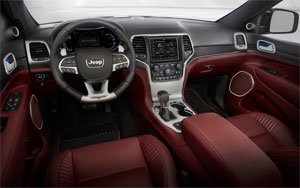 With distinctive yellow calipers, the Brembo brakes are bigger than those on Hellcat cars, and do a tremendous job of quickly stopping this beast.
With distinctive yellow calipers, the Brembo brakes are bigger than those on Hellcat cars, and do a tremendous job of quickly stopping this beast.
All-wheel-drive management deploys power differently, whether you’re accelerating in a straight-line or towing; even defaulting to rear bias in Track mode for road course work. And yes, you can haul this thing around a race track, which we did at New Hampshire’s Club Motorsports.
Clicking the steering wheel–mounted paddles shifters results in immediate gear changes; and all of that power from under the hood, basically negated all of this track’s elevation changes.
It does take a while to feel truly comfortable stuffing a heavy SUV into a corner; but once you get used to it, the Trackhawk is great fun; not quite a Porsche Cayenne, as it could use more steering feel, but way more than you expect from a vehicle that in its heart wants to be off pavement more than clinging to it at high speeds.
There’s very little roll; and while it’s fairly responsive to inputs, planning ahead and keeping those inputs smooth will give you the best results; as stability control will still cut in even in Track mode.
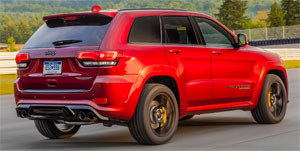 Updates to the front end allow more air to come in, and there’s more going out as well…
Updates to the front end allow more air to come in, and there’s more going out as well…
GREG CARLOSS: “There’s also a quad exhaust system out back. There’s a bit of refinement to it. It’s not as brutal and aggressive as the Charger and Challenger, but still really nice. You get a lot of sound there (engine growls). Bang the throttle (engine growls) I mean it’s everything you want maybe just a little bit more refined than those other cars”
JOHN DAVIS: Things are dressed up inside, but it’s not as if build quality has been supercharged as well. There’s a nice, thick steering wheel, and great seats.
Bearing the double burden of being an SUV and a performance machine, Government Fuel Economy Ratings are pretty dismal at 11-City, 17-Highway, and only 13-Combined.
Still, no matter how bad-to-the bone it is, at the end of the day, it remains a Grand Cherokee, and a pricy one at that; $86,995. However, something comparable from Europe would require a 6-figure investment.
So whether you look at the 2018 Jeep Grand Cherokee Trackhawk as a family truckster built for track days, or a performance car that you can haul with; it’s a far-out piece of performance machinery, made with a formula that Fiat-Chrysler seems to have perfected.
Specifications
- Engine: 6.2 liter
- Horsepower: 707
- Torque: 645 lb-ft.
- 0-60 mph: 3.5 seconds
- EPA: 11 mpg city / 17 mpg highway
2025 Subaru WRX tS
Subaru’s “World Rally eXperimental” Gets Tecnica-Tuned Tech
Building on its global rally heritage, WRX has been a standalone Subaru nameplate, marketed separately from garden variety Impreza, for two generations now. And while the current WRX still lacks the full STI treatment, this WRX tS serves up some of that high-performance spice we’ve been longing for.
Before we go flat out into our Track Test of this 2025 Subaru WRX tS, lets open the Subaru dictionary so we’re all on the same page. “tS” stands for “tuned by STI;” and “STI” is an acronym for “Subaru Tecnica International,” the brand’s high-performance sub-group best known for upgrading the WRX— oh, that stands for “World Rally eXperimental,” in case you didn’t know.
All that said, STI has been largely dormant for this WRX generation, but this tS sprinkles more of their engineering magic into the mix. No, that doesn’t mean extra power, but does mean significant chassis-related improvements.
First, electronically controlled dampers, adjustable through the 11.6-inch tablet-style infotainment screen. That meant a softer “comfort” mode on the 10+ hour commute to and from Savannah’s Roebling Road Raceway. But once we were there, it was the firmer “Sport+” setting all the way, heightening response from the WRX’s throttle and already quick dual-pinion power steering system. There’s still some body roll for rally-esque weight transfer, but it’s well sorted and provides the “toss-ability” you want in a WRX.
Though if you do autocross your tS, which we implore you to do, you might feel the six-piston front, two-piston rear Brembo brakes first. The bite is strong, giving good rotation in the corners and plenty of “halt” for this 3,400 lb. compact with minimal fade, keeping us on track all week…until some unfortunate winter weather passed overhead. No worries here, as Subaru’s Symmetrical All-Wheel-Drive system got us to the track for some powdered deserts: Frosted donuts served up Michelin style, a set of winter tires different from the grippy Bridgestone Potenza S007 rubber the tS typically rides on. Some prior hot laps of California’s Sonoma Raceway gave credence to those Bridgestones, and showed us what this hot-compact can do in ideal conditions.
It’s well sorted and provides the “toss-ability” you want in a WRX.
Other tS enhancements are cabin-based, namely these beautiful blue Recaros. Most of our staff appreciated their moderately-aggressive bolstering on both street and track. And they’re even heated, too. Another tS-only appointment is this 12.3-inch digital gauge display. It mimics the standard analog gauges with some additional info, but can switch to a navigation mode for more convenient route guidance.
We do wish our tS came in the new Galaxy Purple or the trademark World Rally Blue, but this Crystal White paint wasn’t too shabby, contrasting its Cherry Blossom Red badging and blacked-out lip spoiler. Otherwise, the tS is like any other WRX, down to the hood scoop funneling air to the top-mounted intercooler.
Underneath is the same turbocharged 2.4-liter flat-four in all other trims, boxing at 271 horsepower and 258 lb-ft of torque. The freak winter weather stopped straight-line testing, but a 0-60 time estimate of 5.5 seconds is about as spry as you realistically need, pulling strong through most of the tach; though the 6,000 RPM redline required attentive shifting of the six-speed box, which the tS comes exclusively with. The throws are precise, if a little long, and the clutch is wonderfully weighted.
With discontinuation of the Base trim, pricing for the WRX now starts with Premium at $36,920. The tS is at the top of the lineup with the automatic-only GT, both starting at $46,875. All WRXs continue to be made in Gunma, Japan.
If you’re an enthusiast itching to do the tuning yourself, perhaps the 2025 Subaru WRX tS is not for you. But if you want a plug-and-play experience, this is it. While it won’t exactly bestow the loose-cannon, top-level driving skills exhibited by famous WRC drivers upon you, the tS moves this WRX’s game in a direction we’ve so desperately wanted Subaru to take.
Specifications
As Tested
- Engine: 2.4-liter flat-four
- Tranmission: 6-speed manual
- Horsepower: 271
- Torque: 258 lb-ft







